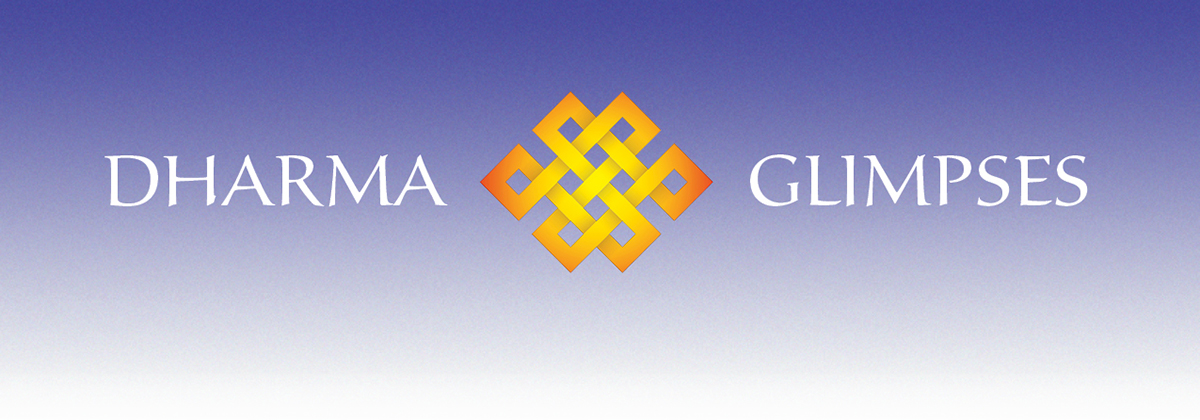
In this new podcast series, Judy gives a series of short talks on different aspects of meditation practice. Based on Chögyam Trungpa Rinpoche’s unique presentation of meditation, these talks are particularly applicable to modern western practitioners. Topics include different aspects of the basic view of the buddhadharma, as well as some of the unique themes that run through Chögyam Trungpa Rinpoche’s teachings. The title of the podcast includes the word “dharma” because it focuses on the question of what is true experience; and it includes the word “glimpses” because breakthroughs on the path usually happen in the form of subtle glimpses, sudden breakthroughs, and flashes of inspiration… sometimes after a great deal of struggle.
PLEASE NOTE: You can subscribe to this podcast through Apple Podcasts, Google Podcasts, Spotify, Stitcher, and iHeart Radio. A new episode will be added every Tuesday.
